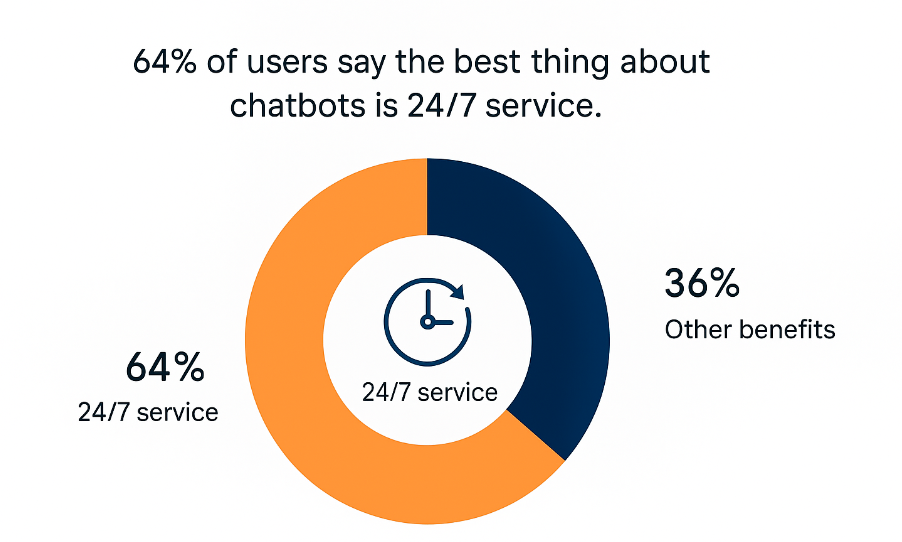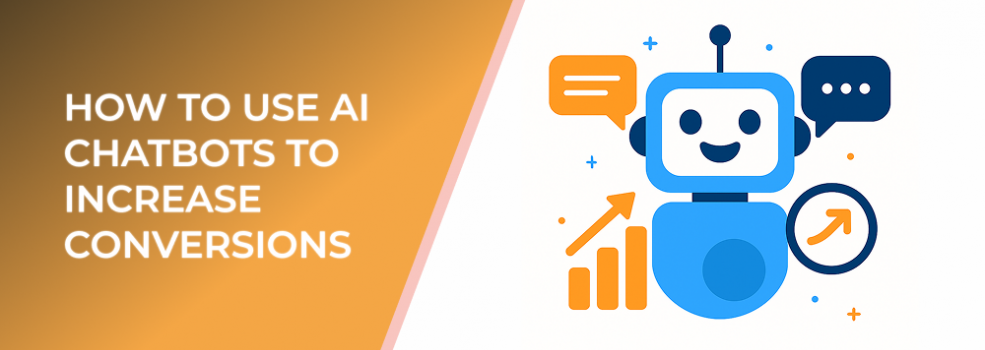In this article, we’ll explore practical strategies for integrating chatbots into your marketing funnel to boost engagement and drive higher conversion rates.
Why AI Chatbots Are Game-Changers for Conversion Optimization
AI chatbots have become a cornerstone of modern digital marketing. They combine automation with personalization to provide immediate, relevant, and human-like interactions with users—24/7. According to Drift’s State of Conversational Marketing report, 82% of consumers expect an immediate response when they have a question, and chatbots help meet that expectation efficiently.
A Salesforce study found that 69% of customers prefer chatbots for quick communication with brands, while businesses report that conversational AI can increase conversion rates by up to 25%. With chatbots handling initial touchpoints and nurturing leads, marketers can focus on higher-value activities.
How Chatbots Improve the Conversion Funnel
1. Instant Lead Qualification
Chatbots can automatically qualify leads by asking targeted questions and directing high-intent users to sales teams. For example, if a visitor shows interest in pricing, the bot can collect their contact details and send them directly to a relevant sales representative.
2. Personalized Recommendations
Through behavioral data, chatbots can tailor product or service suggestions. A study by Instabot revealed that personalized chatbot interactions can increase conversion rates by 30%, as users receive contextually relevant offers.
3. Reducing Cart Abandonment

64 % of users highlight 24/7 availability as the top benefit of chatbots
For eCommerce and SaaS businesses, chatbots can re-engage users who are about to leave a page or abandon a cart. By offering discount codes or answering last-minute questions, brands can recover up to 20% of potentially lost sales.
4. 24/7 Customer Support
Chatbots ensure your website never sleeps. Around 64% of internet users say 24-hour service is the best feature of chatbots, according to Invesp. This availability ensures you never miss a conversion opportunity, even outside working hours.
Best Practices for Using Chatbots to Boost Conversions
-
Integrate with your CRM: Sync chatbot data with your CRM to streamline lead nurturing and automate follow-ups.
-
Use conversational flows: Make interactions feel natural. Avoid robotic tones and use friendly, helpful language.
-
A/B test chatbot scripts: Test different opening lines, CTAs, and offer placements to identify what drives the most conversions.
-
Add chatbots to key landing pages: Deploy them where user intent is highest—pricing, product demos, or contact pages.
-
Provide a smooth handoff to humans: For complex queries, chatbots should easily connect users to live support or sales reps.
Measuring Chatbot Performance
To ensure your chatbot contributes to real business growth, monitor key performance metrics such as:
-
Lead conversion rate (number of chatbot leads vs. total visitors)
-
Response time (average seconds to reply)
-
Engagement rate (percentage of users interacting with the bot)
-
Customer satisfaction (CSAT) after chatbot interactions
Continuous optimization based on analytics will help you refine the conversation flow and improve results over time.
Final Thoughts
AI chatbots are no longer just a trend—they’re an essential tool for driving conversions and improving customer experience. By combining automation, data insights, and personalization, brands can turn casual visitors into qualified leads and loyal customers.
If you haven’t integrated AI chatbots into your marketing strategy yet, now is the perfect time. Platforms like LeadEnforce can help you create personalized campaigns and customer journeys that work seamlessly alongside your chatbot system.

